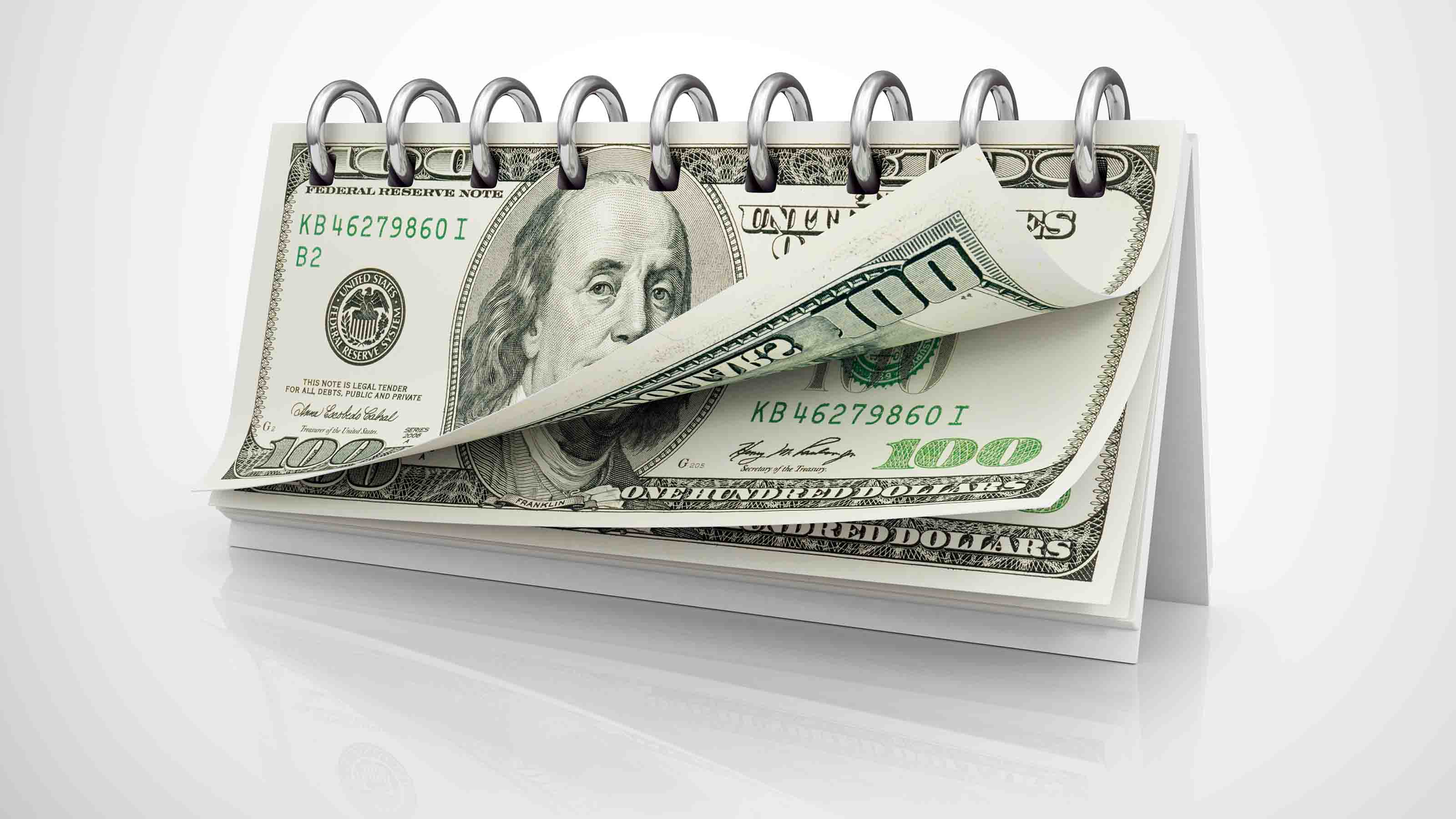The Best Investment You've Never Heard Of
Pipeline master limited partnerships have marvelous ten-year returns and often yield 6% or higher. What are you waiting for?

We lionize a mutual fund that returns 20% during a bear market. Or we assume that anything earning such fabulous returns must be a fraud or caught in a bubble. Now consider a whole class of investments, many of which have returned double digits annualized during the stock-market quagmire of the past decade. More remarkable: Few of us are aware of this phenomenon called pipeline master limited partnerships.
Pipeline MLPs own and operate oil-and-gas pipelines and related energy infrastructure, such as gas-storage facilities. Most of their operations are in Texas, the South, the Rocky Mountain region and the Midwest. You buy and sell MLP units just as you would shares of stock. Because they are service and transportation businesses, pipeline operators aren’t jerked around by energy prices -- they have a limited stake in the price of oil and gas or refined products, and much more in the volume of the products they transport. There are other MLPs in energy that engage in riskier activity, such as exploration, production, and owning and leasing drilling rigs and platforms.
SO WHAT ARE THESE PIPELINE PARAGONS?
• Energy Transfer Partners (symbol ETP; 21.7% ten-year annualized return as of mid July; $49.47 per share),
From just $107.88 $24.99 for Kiplinger Personal Finance
Be a smarter, better informed investor.

Sign up for Kiplinger’s Free Newsletters
Profit and prosper with the best of expert advice on investing, taxes, retirement, personal finance and more - straight to your e-mail.
Profit and prosper with the best of expert advice - straight to your e-mail.
• Kinder Morgan Energy Partners (KMP, 17%, $68.38),
• Plains All-American Pipeline (PAA, 16.8%, $61.45),
• Enterprise Products Partners (EPD, 16.8%, $37.34) and
• Buckeye Partners (BPL, 12.7%, $61.27).
Wait, the story gets better: Each of the five MLPs above yields between 6.2% and 7.3%, boosts its quarterly rate regularly, and has no history of cuts or interruptions. Usually, 90% of the payout is tax-deferred, which means you’ll eventually pay tax on the distributions when you sell the units because you deduct the payments from what you paid for the units (your cost basis).
Like real estate investment trusts, partnerships themselves pay no taxes, so they have more money to distribute to investors. The reason you get to defer much of your tax liability is that the majority of the distributions is often classified as a return of capital -- but unlike the way some REITs and corporations cannibalize their assets to maintain a high distribution rate, pipelines cover their dividend rates from current cash flow.
Pipeline managers are fixated on keeping the cash flowing because anything that interrupts or endangers cash flow would crush the value of MLP units. “The entire concept is built on the stability of cash distributions,” says Gabriel Hammond, of SteelPath Fund advisors, a Dallas firm that’s starting mutual funds that invest in MLPs. So far, the numbers justify Hammond’s faith in steady distributions. And I’d rank MLPs ahead of REITs at this time and on a par with almost anything you can add to an income portfolio.
BUT THERE ARE RISKS
Interest expenses. Pipeline MLPs are complex businesses. They are constantly issuing new bonds or units (stock) to finance construction and acquisitions. Unlike banks and REITs, pipelines survived the 2008 financial meltdown well, perhaps because they had amassed substantial reserves of cash, making the frozen credit markets less of a threat. But if credit gets expensive, interest expenses will cut into dividend payments. So you have an ironic situation today in which low interest rates enable these entities to pay high income distributions -- the opposite of investing in bonds.
MLP owners aren’t shy about their ambitions. So far in 2010, Enterprise Products Partners CEO Michael Creel said at an investors’ meeting that his goal is to maintain a 6.5% yield on the units, make investments with a horizon of 15 to 20 years, and keep an investment-grade balance sheet. The other pipeline operators are also expansion-minded -- no surprise, when you consider that this is the oil industry. The pipeline industry is planning billions of dollars of projects related to expected increases in the production of gas from deep shale formations, such as the Haynesville in Louisiana and the Eagle Ford in south Texas. This land rush will need enormous infrastructure, which means these partnerships can grow as well as throw off more income.
But the risk is that ten operators will dig the same ditches and lay redundant pipelines, kind of like the excess infrastructure the telecommunications business built in the 1990s. So it pays to invest in the larger MLPs with market dominance -- such as the five I mention here. It’s smart to diversify by buying several and to employ dollar-cost averaging to even out your cost.
The tax situation is not easy, but don’t let it stop you. Most financial planners strike me as awfully quick to discourage people from investing in MLPs because of the dreaded K-1 tax forms. If you buy units, you’ll get a packet each year that instructs you how to classify the distributions and claim your share of the partnership’s gains and losses and explains what part of the income is tax-deferred. You may not want to tackle this on your own, and choose to hire an accountant.
The alternative is to try one of the few exchange-traded funds or mutual funds in the field. The oldest is Kayne Anderson MLP (KYN), a closed-end fund that’s done well, though it invests in other kinds of MLPs besides pipelines. SteelPath is launching the SteelPath MLP Income Fund (MLPDX). It will concentrate more thoroughly on the pipelines and infrastructure, but the fund has high expenses and charges a sales load of up to 5.75%. There’s no compelling reason to use a fund rather than just buy the best and largest names directly. If you make 16.9% a year for a long time, you can afford to pay a CPA.
Profit and prosper with the best of Kiplinger's advice on investing, taxes, retirement, personal finance and much more. Delivered daily. Enter your email in the box and click Sign Me Up.

Kosnett is the editor of Kiplinger Investing for Income and writes the "Cash in Hand" column for Kiplinger Personal Finance. He is an income-investing expert who covers bonds, real estate investment trusts, oil and gas income deals, dividend stocks and anything else that pays interest and dividends. He joined Kiplinger in 1981 after six years in newspapers, including the Baltimore Sun. He is a 1976 journalism graduate from the Medill School at Northwestern University and completed an executive program at the Carnegie-Mellon University business school in 1978.
-
 Stocks Rally as Investors Buy the Dip: Stock Market Today
Stocks Rally as Investors Buy the Dip: Stock Market TodayMost sectors are "go" only a day after talk of bubbles, extended valuations and narrow breadth undermined any kind of exuberance.
-
 Elon Musk's $1 Trillion Pay Package Vote: What's at Stake for Tesla Stock
Elon Musk's $1 Trillion Pay Package Vote: What's at Stake for Tesla StockTesla shareholders are voting this week on a massive pay package for CEO Elon Musk. Here's what it means for the Mag 7 stock.
-
 The Most Tax-Friendly States for Investing in 2025 (Hint: There Are Two)
The Most Tax-Friendly States for Investing in 2025 (Hint: There Are Two)State Taxes Living in one of these places could lower your 2025 investment taxes — especially if you invest in real estate.
-
 The Final Countdown for Retirees with Investment Income
The Final Countdown for Retirees with Investment IncomeRetirement Tax Don’t assume Social Security withholding is enough. Some retirement income may require a quarterly estimated tax payment by the September 15 deadline.
-
 Why Investors Needn't Worry About U.S. Credit Downgrade
Why Investors Needn't Worry About U.S. Credit DowngradeFitch Ratings The United States saw its credit rating downgraded for just the second time in history, but experts aren't worried about the long-term damage to stocks.
-
 Income-Investing Picks for a Recession
Income-Investing Picks for a RecessionInvesting for Income Some consequences of an economic downturn work to the benefit of fixed-income investors. Here are three fund ideas that fit the bill.
-
 Dogs of the Dow Are 2022's Best in Show
Dogs of the Dow Are 2022's Best in Showdividend stocks Some of the best investments for income investors in a volatile 2022 have come from the Dogs of the Dow.
-
 Bond Values in a Volatile Market
Bond Values in a Volatile MarketInvesting for Income While the market's instability may not be over just yet, the latter half of the year should be less daunting – and possibly more rewarding – for investors.
-
 Should You Buy Bonds Now? What To Consider
Should You Buy Bonds Now? What To Considerbonds The fixed-income market has been turned on its head in recent years, but there are still opportunities for those looking to buy bonds again.
-
 Dividend Dates: A Beginner's Guide
Dividend Dates: A Beginner's Guidedividend stocks Everything you need to know about ex-dividend dates, dividend announcements and other parts of the dividend calendar.